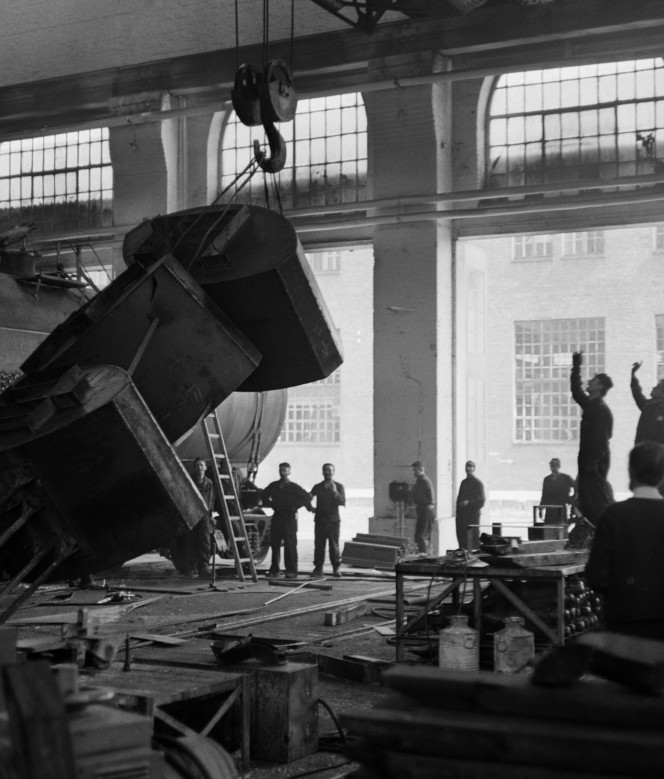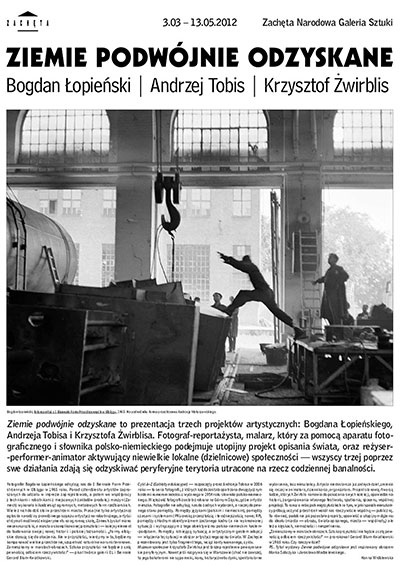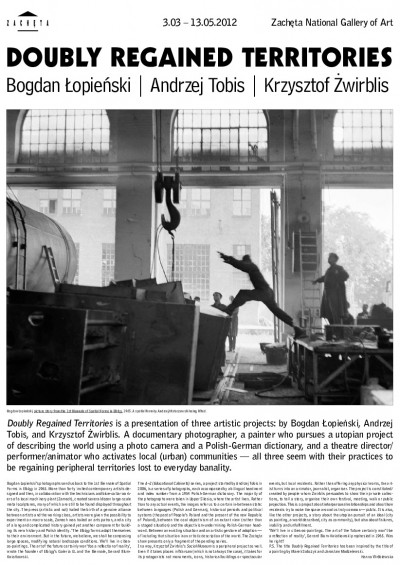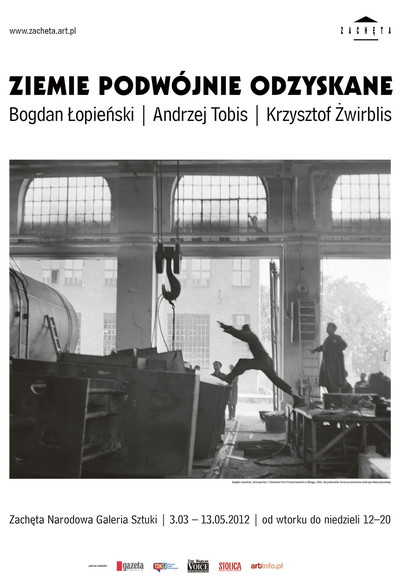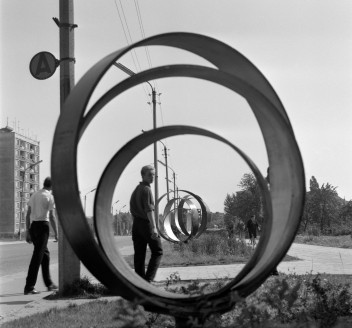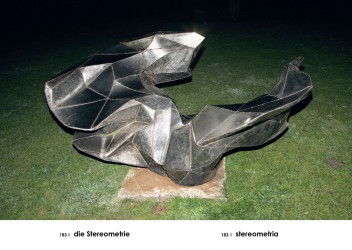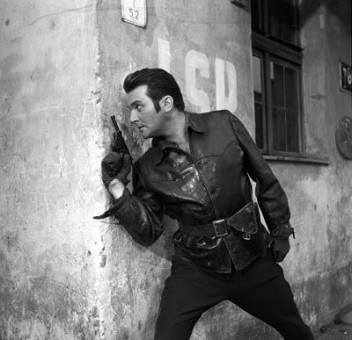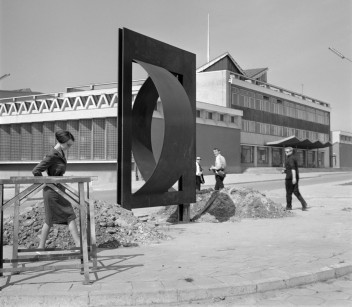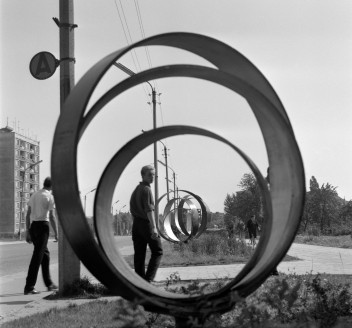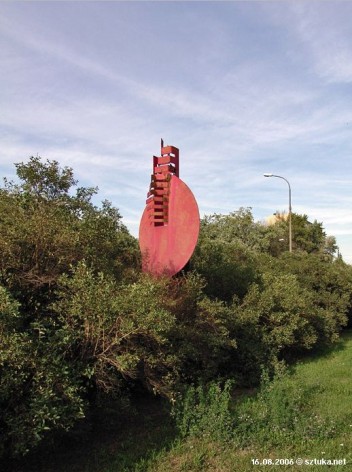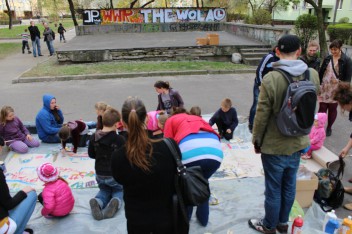Bogdan Łopieński’s photographs transport us to the 1st Biennial of Spatial Forms in Elbląg in 1965. The over forty artists invited to participate in the event projected, and then in collaboration with technicians and workers from the local Zamech Mechanical Works produced several dozen enormous, metal spatial forms. Many of them to this day stand in the space of the town. The press (and not only the art press) announced the birth of a true union between artists and workers, the artists obtaining the possibility to experiment on a huge scale, the Zamech Works earning the title of a patron of the arts, and the city with it complicated past establishing a successive element in the building of its new history and Polish identity.
Krzysztof Żwirblis’ Social Musuem is a project that is in a certain sense peripheral. Although it takes place in Warsaw, its heroes are not monuments, historical buildings or spectacular events – but inhabitants. That artist transforms himself into an animator, journalist and organizer. The project is constituted by people who Żwirblis persuades to show their own collections, tell their own stories, and organize their own festivals, meetings, walk and joint projections. It is a question of human relations.
The cycle A–Z (Educational Cabinets) – begun by Andrzej Tobis in 2006, a fragment of which is presented in Zachęta – is a series of photographs. To each of them has been appended a Polish-German term and index number from a Polish-German dictionary issued in 1954. Most of the photographs were taken in Upper Silesia where the artist lives and works. Between languages (Polish and German), between times and systems (the past of the People’s Republic of Poland and the present of the new Republic of Poland), between the cold objectivity of an existing situation (and not a created situation) and the Polish-German terms/definitions disturbing objectivity.
The exhibition in Zachęta, whose title was inspired by a painting by Marek Sobczyk and Jarosław Modzelewski, attempts to find an answer to a question: in what way does art impact on reality? Does art really have an impact on it?
Bogdan Łopieński, born 1934 in Warsaw, graduated from the Academy of Physical Education in Warsaw and studied in the State Film School in Łódź. In the 1960s, he worked freelance for the magazine „Fotografia”, publishing interviews and reviews of photographic exhibitions. In 1965–73, he worked as photojournalist for the Polonia publishing house, the „Perspektywy” weekly, and the Interpress news agency. Member of the Union of Polish Artist Photographers (ZPAF) since 1969. His works are in the collections of the National Museum in Wrocław, the National Library, the ZPAF as well as in private collections.
Andrzej Tobis, born 1970, graduated from the Academy of Fine Arts in Katowice, where he currently teaches. Works in the fields of painting and photography. Winner of the 34th Bielsko Autumn National Painting Competition (2003). In 2007, the first instalment of his project A–Z (Educational Cabinets) was shown at the CCA Kronika in Bytom. He lives and works in Katowice.
Krzysztof Żwirblis, born in 1953, is an art historian and critic, curator, actor, and director. With a degree in art history from Warsaw University, since 1976 he has been a member of the theatre group Akademia Ruchu. In 1992–97, curator of the AR Gallery at the Tęcza Cinema/Theatre in Warsaw, currently curator of Galeria Studio in Warsaw. Since the mid-1990s he has pursued his own artistic practice, since 2005 focusing on long-term artistic actions with the participation of local communities (Low-Cost TV, 2005; Social Museum, since 2010).
sponsors of the gallery: Netia, Lidex
sponsors of the opening ceremony: DeLonghi, Kenwood, Blikle, Freixenet, Kinga Pienińska
media patronage: Gazeta Wyborcza, TOK FM, The Warsaw Voice, Stolica, Artinfo.pl
